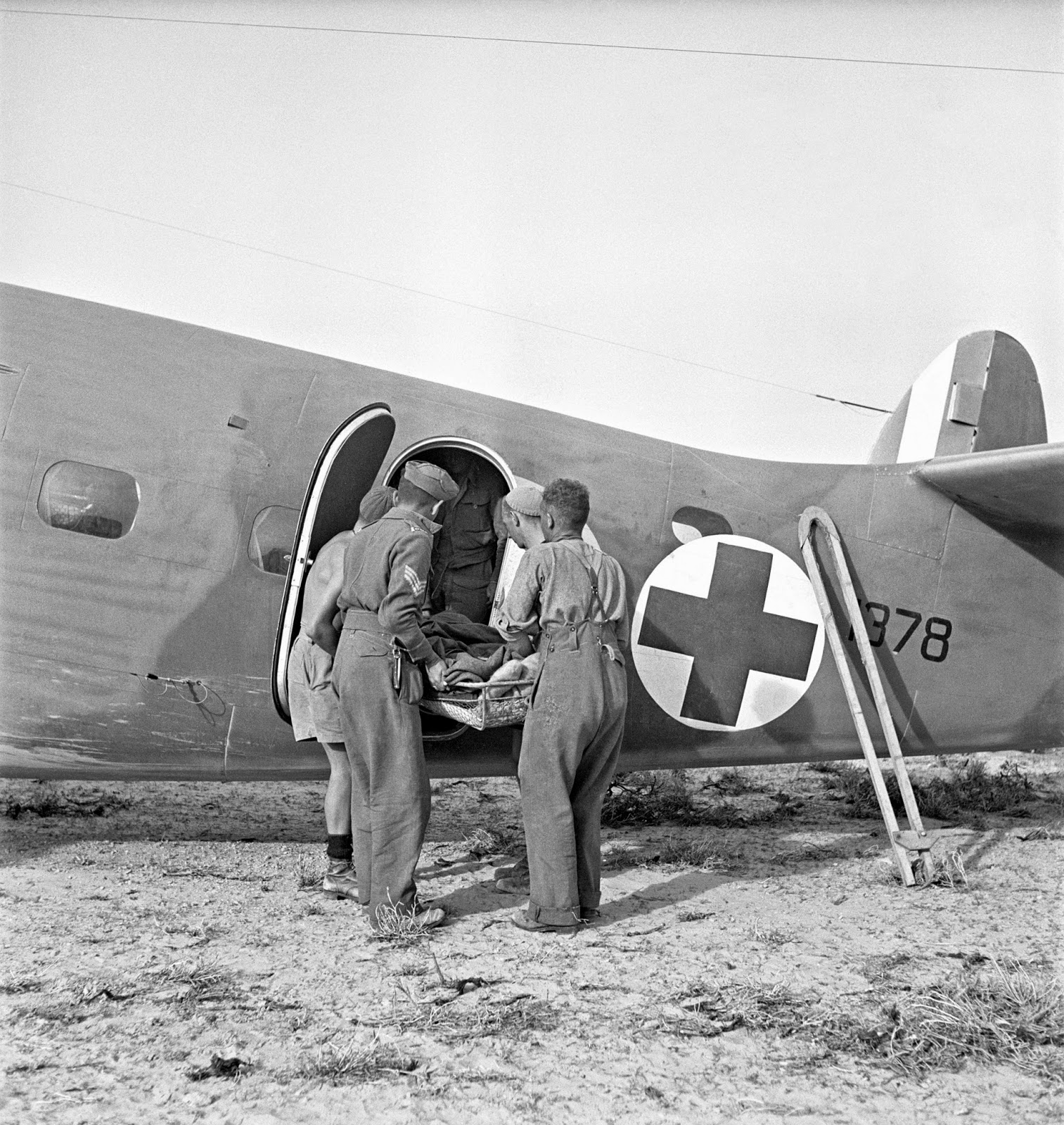Remember the old television series, MASH and how the medics would run on the sound of a chopper descending? You guessed it right. The military was the first to make use of air crafts for air ambulance services to carry the wounded. Air ambulance services were of course the obvious choice. Think of a war zone where roads are few and dangerous plus the need to care for the patient in an expeditious manner. Choppers would be the first choice in a situation like this; however, contrary to this, fixed wing air ambulance services were the first to make a debut in the military. These aircrafts were used as medical flights as early as World War I.
The First Rotary Wing Air Ambulance Services
Choppers were first used as air ambulances in World War II. The choppers made their debut as dedicated air ambulances only in the Korean War with the US Army using them to ferry injured soldiers from the war-torn region. This was only in the 1950s. Currently, the US Army makes use of UH-60 Black Hawk which is considered highly efficient to deliver air ambulance services. The utility of air ambulance services inspired their civilian use fairly early, although the United States caught up with the trend rather late.
Civilian History of Air Ambulance Services
The use of air ambulance services for civilians was given thought as early as the 1920s. For countries like Australia where reaching the interior parts was tough, air ambulance services were the obvious choice. In fact, the country was the first to introduce such a service with its Royal Flying Doctors air ambulance service in 1928. The United States caught up after about four years with Schaefer Ambulance Service making its debut in 1932. It started the operations from Los Angeles, CA.
The US Government started taking interest in civilian use of air ambulance services in the early 1960s with several grants and research in medical flight use, leading up to the well-organized air ambulance service sector that we see today.


